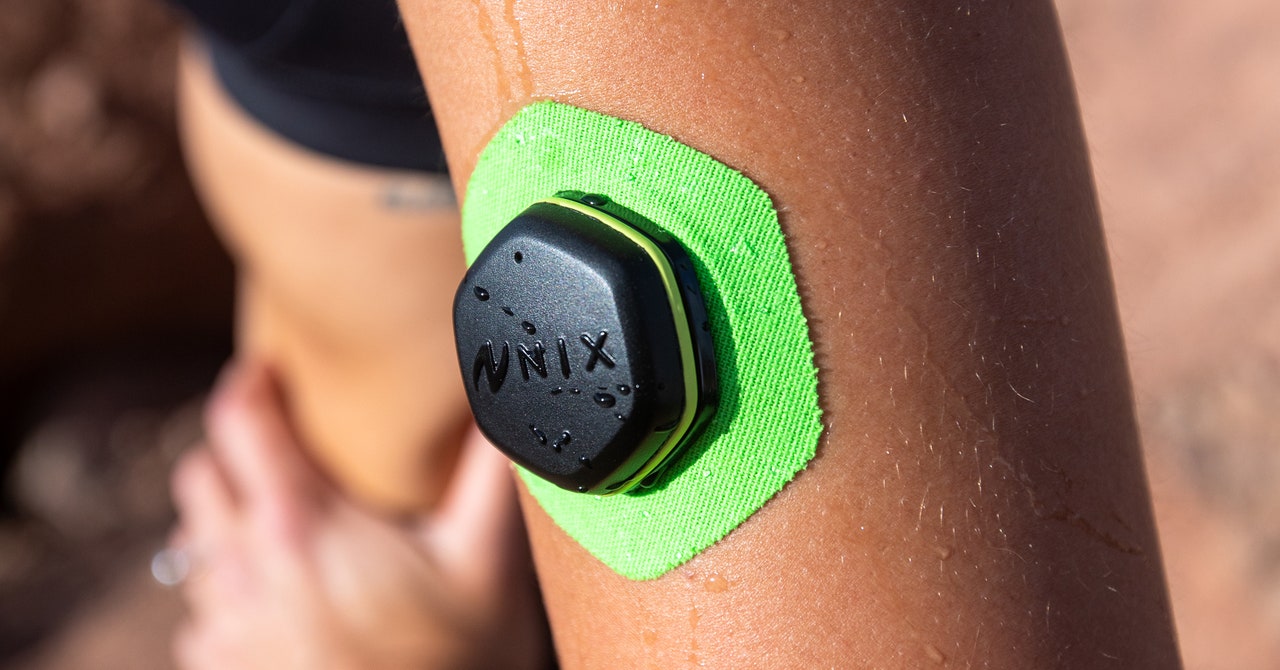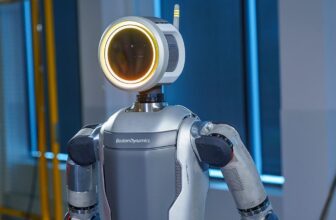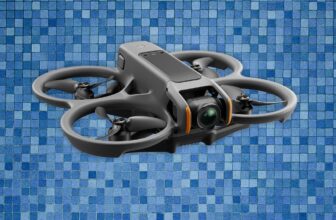
In a world the place unmanned spacecraft have landed on Mars and artificial intelligence can learn your thoughts, one would suppose somebody would have found out a exact technique to measure how a lot athletes ought to drink whereas exercising. Hydrating, or changing physique fluids misplaced via sweating, exhaling, and eliminating waste, is important. When 2 or extra % of physique mass is misplaced via dehydration, the physique can go haywire, with elevated cardiovascular pressure, lowered cardio train efficiency, and impaired thermoregulatory operate. After dropping 12 % of physique mass to dehydration, a human will die.
It’s uncommon for an athlete to train to the purpose of demise by dehydration. Nevertheless it’s additionally odd to think about that, for such an necessary physiological necessity, many athletes depend on thirst as their definitive information to how a lot they need to hydrate throughout train. The difficulty with that in-built system is twofold. By the point your mind registers that you just want water, your physique is commonly already dehydrated. Additionally, it’s simple to alleviate your thirst earlier than you’ve utterly rehydrated.
Outdoors a lab, essentially the most correct customary for figuring out an athlete’s fluid loss is to weigh the nude physique earlier than and after the exercise. (For each pound of physique mass misplaced, 16 ounces of water must be consumed.) However that methodology doesn’t assist a runner decide how a lot fluid they’ve misplaced whereas on mile 16 of a marathon.
Cyclists can depend on a GPS computer with a drink alarm that flashes a reminder to take a swig from a water bottle each quarter-hour. Runners and fitness center rats can put on a smartwatch with a hydration sensor, just like the Apple Watch, which makes use of electrodes positioned in opposition to the pores and skin to measure electrical conductance of the wearer’s sweat. This will decide the focus of electrolytes (or lack thereof) within the sweat, which helps decide the consumer’s hydration degree. There’s additionally a $25 gadget referred to as the GX Sweat Patch, marketed by Gatorade, a one-time-use biosensor that, when utilized to the interior left forearm, measures the consumer’s sweat fee, fluid loss, and sodium loss. When that information is transferred to the companion app—which runs on iOS or Android—it operates as a suggestion for the athlete’s future efficiency.
Till just lately, nonetheless, biosensing expertise that may analyze the content material of an athlete’s sweat to supply personalised, real-time hydration suggestions as they’re exercising has been out of attain as a result of the sensing tech hasn’t been reasonably priced sufficient to construct right into a client product.
{Photograph}: Nix Biosensors
In December, a Boston startup based by Harvard Enterprise Faculty graduate and marathoner Meridith Cass unveiled the Nix Hydration Biosensor, the primary wearable sensor that guarantees to supply real-time sweat science to athletes. Cass, who can be a former collegiate basketball participant, began eager about biosensing expertise to measure hydration after she struggled together with her personal physique’s response to warmth and humidity when coaching for marathons. “I used to be feeling very sluggish on a few of these longer runs,” she says, “and I questioned, ‘may a hydration sensor be a factor? And would anyone discover it helpful aside from me?’”
Nix works like this: When hooked up to the bicep (through a protecting movie on the underside of the patch, which is in regards to the measurement of a spherical orange slice), the patch measures the sweat profile of the physique domestically, extrapolating it to the complete space of the physique through algorithmic computation. As sweat dribbles throughout the electrodes on the bicep patch, the patch measures the content material of the sweat twice alongside its stream path. By evaluating information on these two places, the sensor can inform how shortly fluid is transferring via the physique. When linked through Bluetooth to the Nix app, the sensor relays hydration notifications to the cellphone in intervals personalized by the consumer. The purpose is to maintain the athlete, as they’re understanding, inside 1 % of their beginning physique mass (or 1 % of dehydration) to keep away from the nasty pitfalls that include dehydration.







